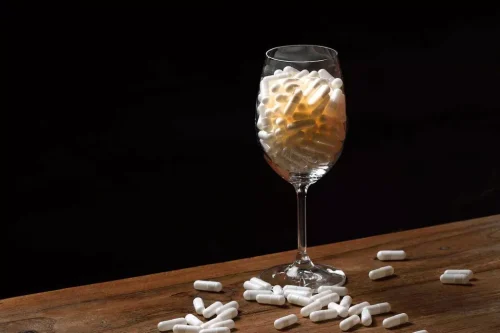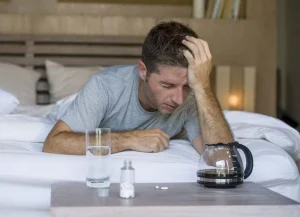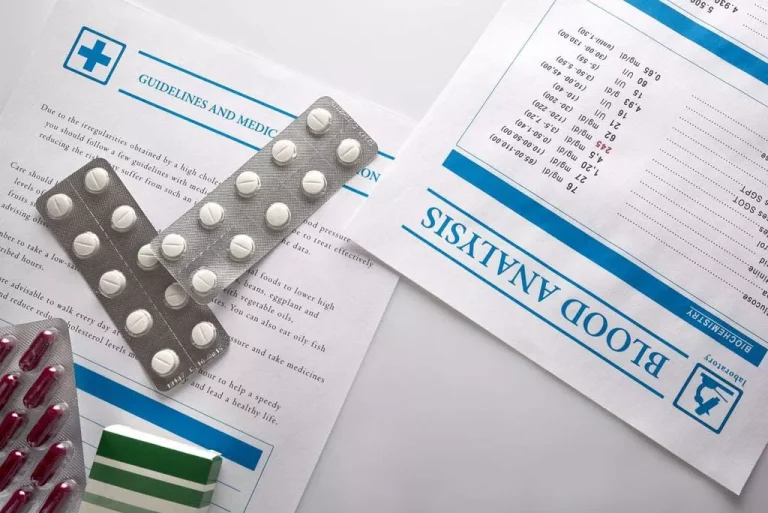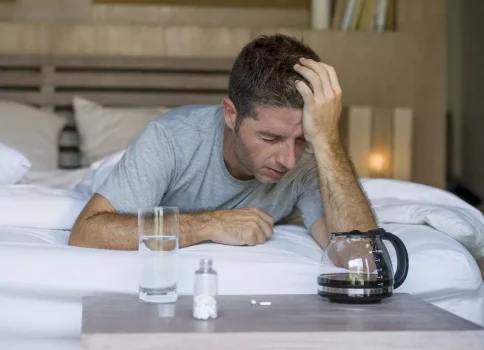
Follow drinking behaviors that are best for you, not what everyone else is doing. And above all, limiting your alcohol consumption in general is the best way to avoid dehydration. It’s best to be proactive about staying hydrated if you work outside or if you’re doing an outdoor workout. But you don’t want to just guzzle water once you start your workout or job. Instead, drink water before you start getting active and before you even feel thirsty. On average, you should drink about 125 ounces a day if you’re male and 91 ounces if you’re female.

Is electrolyte water good for you after drinking alcohol?
Devineé Lingo is a registered dietitian nutritionist who is on a mission to cultivate health and wholeness in people seeking restoration and renewal. Her nutrition philosophy is to dig deeper and identify the root causes of people’s health concerns using a holistic, integrative and functional approach. She goes on to explain these nutrients also help you retain fluids, while chugging a bunch of water will cause much of it to pass through your system without properly rehydrating you. In other words, the alcohol alone in one standard drink can make your body produce a little less than half a cup of pee. The unforgiving effects of sizzling summer temperatures can be amplified when you mix in a little too much alcohol. To better understand the risks, we spoke with registered dietitian Julia Zumpano, RD, LD.
Alcohol Consumption Recommendations and Limits
To rehydrate your body after alcohol, it’s crucial to drink plenty of water and consider using an electrolyte powder to replenish electrolytes lost through increased urination. The Centers for Disease Control and Prevention (CDC) recommends that men don’t exceed two alcoholic drinks in a day and that women limit alcoholic beverages to one drink or less. Labelled isotope D2O, was provided for each participant to drink to enable the calculation of TBW (99.9 atom % D, Aldrich Chemistry, Sigma-Aldrich). TBW was calculated on days 1 and 3 of each trial to ensure participants began the study in a state of euhydration and to assess any disruptions to fluid balance over the duration of the each trial. Nude body mass (BM) was recorded each morning (trial days 1–3) following the participants’ first morning void.
Which alcohol is most dehydrating?
- When you overindulge in alcohol, your liver, which is responsible for breaking down toxins like alcohol, can become overworked, explains Andrews.
- Once you’re in the heat, drink one cup of water (8 fluid ounces) every 15 to 20 minutes.
- During trial C, participants consumed 4 mg/kg day caffeine provided in the form of Nescafé Original, divided into four equal servings of 200 mL.
- But some people are more likely to have hangovers than others are.
That allows excess calories from the foods you eat to sit around, leading to weight gain. That’s because your body already has processes in place that allow it to store excess proteins, carbohydrates and fats. So, your system prioritizes getting rid of alcohol before it can turn its attention to its other work.
- If you are experiencing dry mouth or skin, headaches, muscle cramps, or dark-colored urine, these are signs of dehydration.
- If your doctor suspects that you’ve developed this condition, they may order additional tests to rule out other possible conditions.
- When the human body senses it is getting dehydrated, the pituitary gland produces ADH to reduce urination.
- For the men reading this, you might also be interested to learn about alcohol’s effect on testosterone levels.
- Don’t make the mistake of thinking alcoholic beverages equal hydration because they’re a fluid, says Zumpano.
Your Liver May Be Damaged
Binge drinking is when a person consumes an excessive amount of alcohol within a short period of time. This equates to drinking five or more drinks within 2 hours for males and four or more drinks within 2 hours for females. According to the CDC, drinking alcohol in moderation is safe for most people. A moderate amount equates to one glass of alcohol or less per day for females and two glasses of alcohol or less per day for males.
Here’s how to rehydrate properly and recover from alcohol dehydration. Without adequate electrolyte levels, water can’t enter cells and tissues, leaving you at risk of dehydration despite drinking water. In addition, cocktails with sugary mixers or caffeinated alcoholic beverages can amplify fluid loss and worsen alcohol-related dehydration. During trial C, participants consumed 4 mg/kg day caffeine provided in the form of Nescafé Original, divided into four equal servings of 200 mL. During trial W, participants consumed 200 mL tap water on four occasions each day.
Sodium is an electrolyte mineral found in many foods, and most people obtain adequate amounts from table salt. The action of suppressing this hormone exacerbates the diuretic effect and leads to dehydration. Dehydration also can occur in any age group if you don’t drink enough water during hot weather — especially if you are exercising vigorously. Anyone may become dehydrated, but the condition is especially dangerous for young children and older adults.


Consuming a meal containing plenty of healthy fats before drinking buffers alcohol absorption and allows more time to process and detoxify alcohol, which helps prevent dehydration. While mild dehydration isn’t anything to worry about and can quickly be remedied by drinking water, moderate or severe dehydration can impair critical physiological functions. Thirst isn’t drinking alcohol and dehydration always a reliable early indicator of the body’s need for water.
Dehydration can also cause fatigue and drowsiness, which can increase the risk of accidents, particularly when driving or operating heavy machinery. This is because dehydration can cause a decrease in blood volume and low blood pressure, which can lead to reduced blood flow to the brain, causing fatigue and drowsiness. Different types of alcohol have varying effects on the body’s hydration levels.